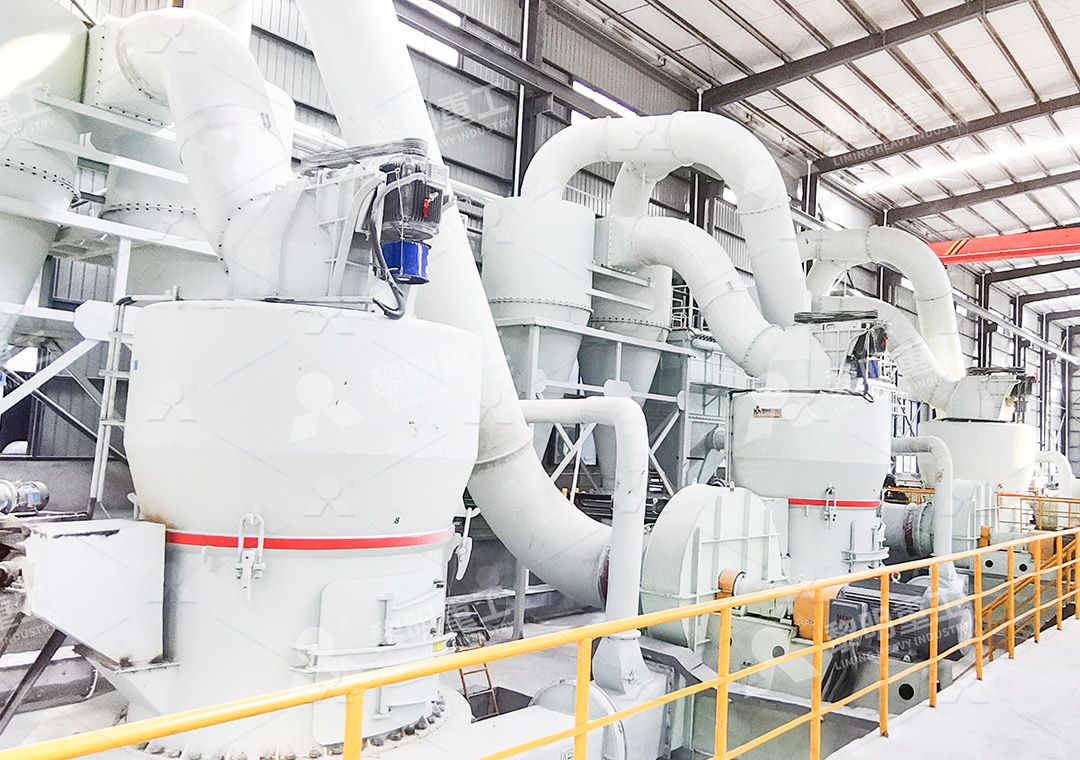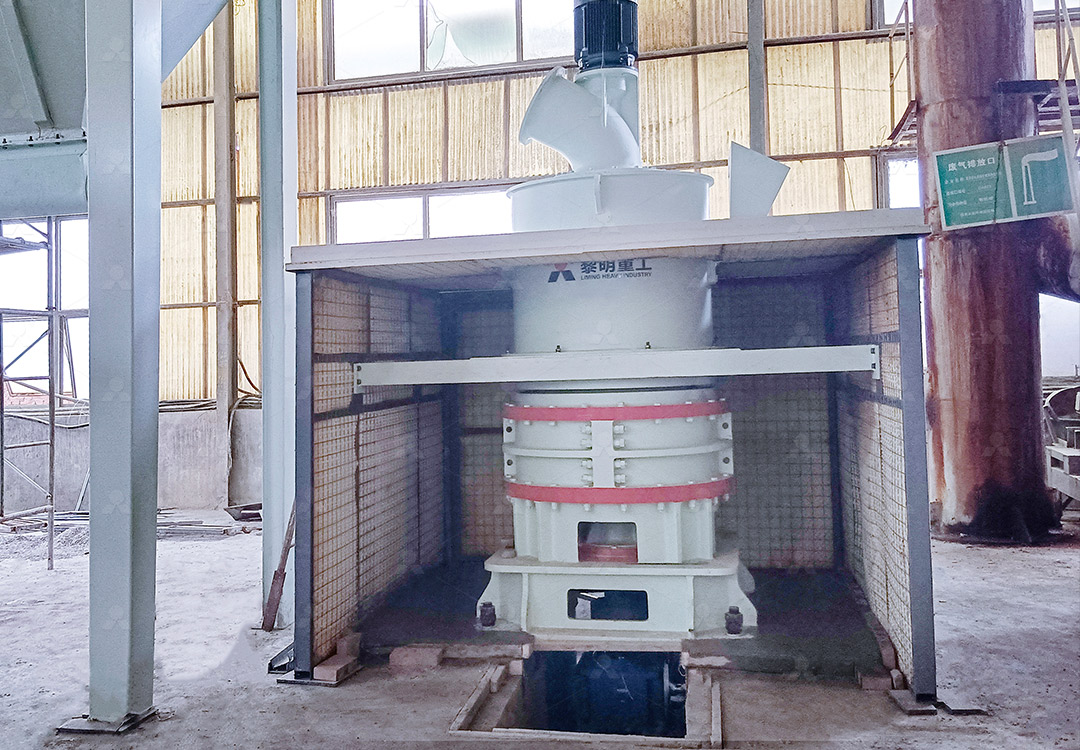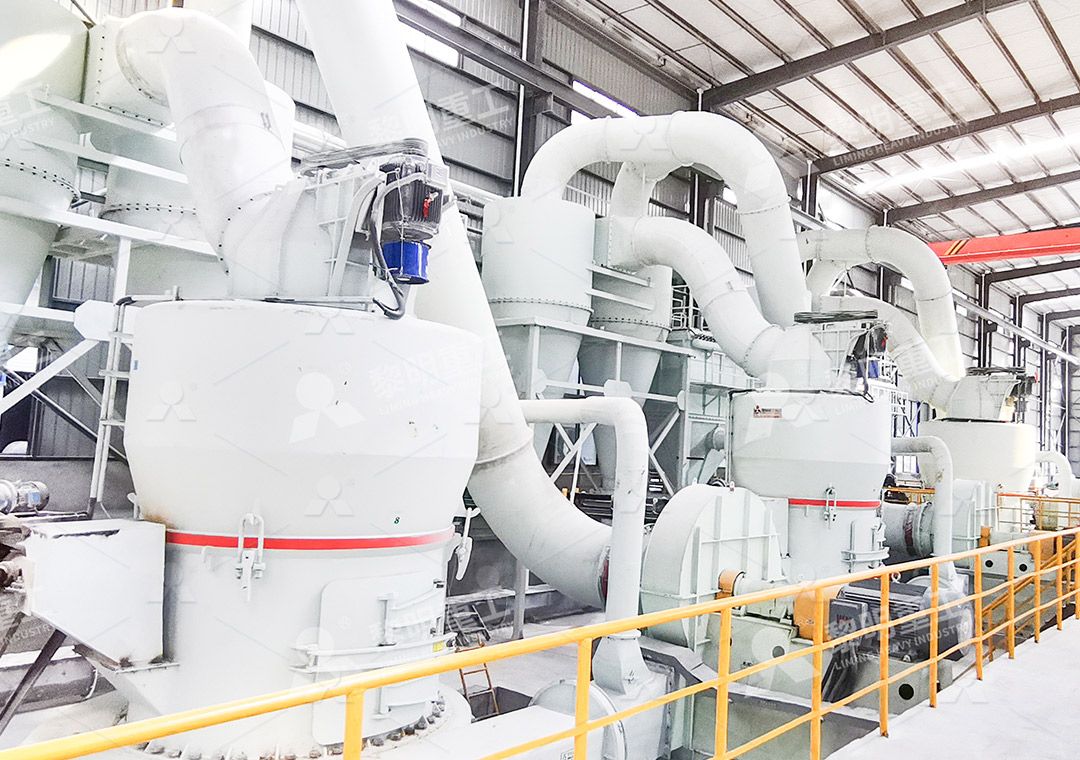How Much Does a Large Grinding Mill Machine Cost?
How Much Does a Large Grinding Mill Machine Cost?
As an industry professional with over fifteen years of experience in mineral processing and milling operations, I’ve fielded this question countless times from clients and colleagues. The truth is, there’s no simple answer—the price of a large grinding mill machine varies dramatically based on numerous factors. While ball mills might start around $50,000 for smaller models, large-scale industrial grinding systems can easily exceed $1,000,000. Let’s break down what actually drives these costs.
Key Factors Influencing Grinding Mill Pricing
When budgeting for a grinding mill, you need to consider several critical elements beyond the initial purchase price. The machine’s capacity, construction materials, technological features, and operational efficiency all contribute to the total investment.

First, consider throughput requirements. A mill processing 3 tons per hour has vastly different pricing than one handling 50 tons per hour. The drive systems, structural supports, and internal components must scale accordingly. Second, material hardness dictates the wear resistance needed in grinding elements—processing abrasive materials like quartz requires more expensive alloy compositions than grinding softer materials like limestone.
Third, fineness requirements significantly impact cost. Achieving ultra-fine powders below 10 microns demands advanced separation systems and precision engineering that increase both initial investment and maintenance complexity. Finally, automation levels and environmental controls add substantial value but also cost. Modern mills with integrated dust collection, noise reduction, and remote monitoring systems represent higher upfront investments that pay dividends in operational efficiency and regulatory compliance.
Beyond Purchase Price: Total Cost of Ownership
Smart buyers look beyond the sticker price to evaluate total cost of ownership. Energy consumption represents 40-60% of a grinding mill’s operational expenses. A mill that costs 20% more upfront but operates with 30% lower energy consumption often pays for itself within 18-24 months. Similarly, maintenance requirements and component lifespan dramatically affect long-term costs.
I’ve seen operations where the ‘cheap’ mill option ended up costing more in replacement parts and downtime within the first two years than a premium model would have cost initially. This is particularly true for operations running multiple shifts or continuous processing.
Recommended Solutions for Specific Applications
For operations requiring ultra-fine powders between 325-2500 meshes, our MW Ultrafine Grinding Mill represents an excellent balance of performance and value. With a capacity range of 0.5-25 tph and input size handling up to 20 mm, this machine delivers 40% higher production capacity than jet mills and twice the output of ball mills with only 30% of the energy consumption. The absence of rolling bearings and screws in the grinding chamber eliminates common failure points, while the German-designed cage-type powder selector ensures precise particle size control.

For operations prioritizing vertical space efficiency and handling slightly smaller feed sizes, the LUM Ultrafine Vertical Grinding Mill offers distinct advantages. Processing 5-18 tph with input sizes up to 10 mm, this mill integrates Taiwanese grinding roller technology with German powder separation systems. Its reversible structure allows easy maintenance access to grinding components, while multi-head powder separating technology enables precise control over finished product specifications.
Making the Right Investment Decision
When evaluating grinding mill options, consider your specific material characteristics, production targets, and site constraints. A machine that’s perfect for a high-volume cement operation may be inefficient for specialized chemical powder production. Work with suppliers who provide comprehensive technical support and can demonstrate their equipment’s performance with materials similar to yours.

Remember that the most expensive mill isn’t necessarily the best for your application, nor is the cheapest option likely to deliver the lowest total cost. Focus on operational efficiency, maintenance requirements, and energy consumption alongside the purchase price to make an informed decision that will serve your operation for years to come.
Frequently Asked Questions
What is the typical price range for a large industrial grinding mill?
Industrial grinding mills range from approximately $100,000 for basic models to over $1,500,000 for high-capacity, fully automated systems with advanced controls and environmental features. The specific price depends on capacity, materials of construction, and technological features.
How much does energy consumption affect operating costs?
Energy typically represents 40-60% of total operating costs for grinding operations. A 30% reduction in energy consumption can save $50,000-$150,000 annually for continuous operations, making energy-efficient designs economically compelling despite higher initial investment.
What maintenance costs should I anticipate?
Annual maintenance costs typically range from 3-7% of the initial equipment cost. Grinding elements (rollers, rings) may require replacement every 1-3 years depending on material abrasiveness, while major overhauls might be needed every 5-7 years.
How long does installation and commissioning take?
For large grinding mills, installation typically requires 2-4 weeks with proper site preparation. Commissioning and optimization add another 1-2 weeks. Complex systems with integrated drying or classification may require longer commissioning periods.
What factors most significantly impact the final price?
Key price drivers include: capacity requirements, materials of construction (especially wear components), automation level, environmental controls (dust collection, noise reduction), and ancillary equipment (feeders, classifiers, dust collectors).
